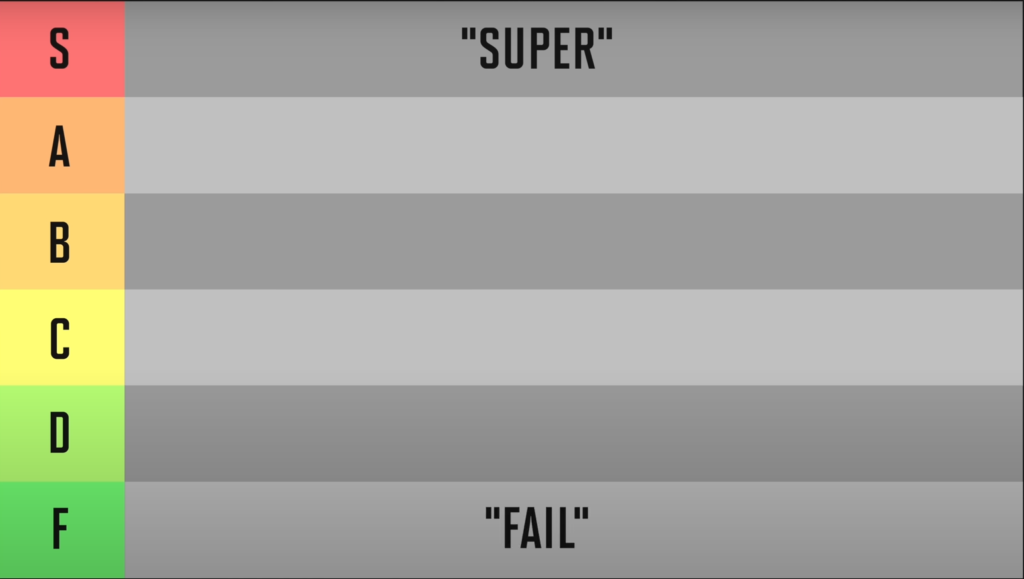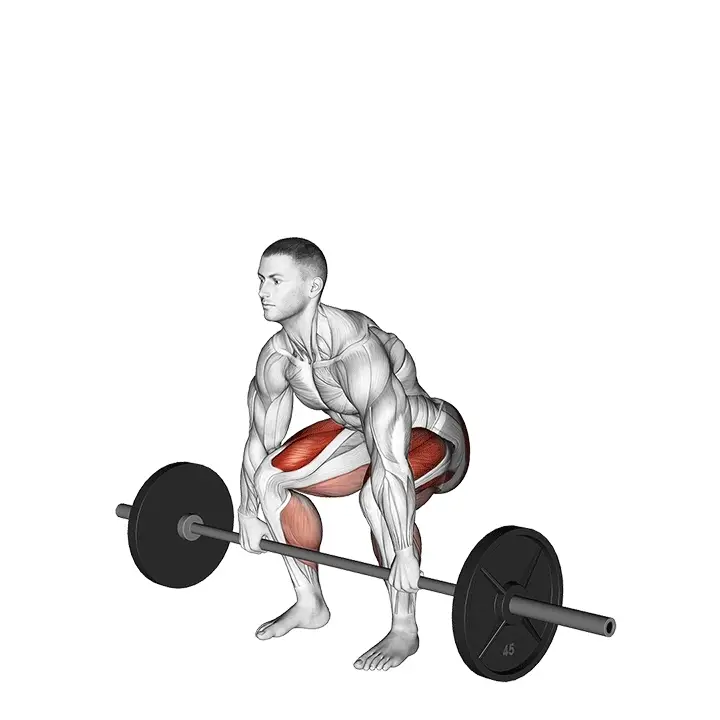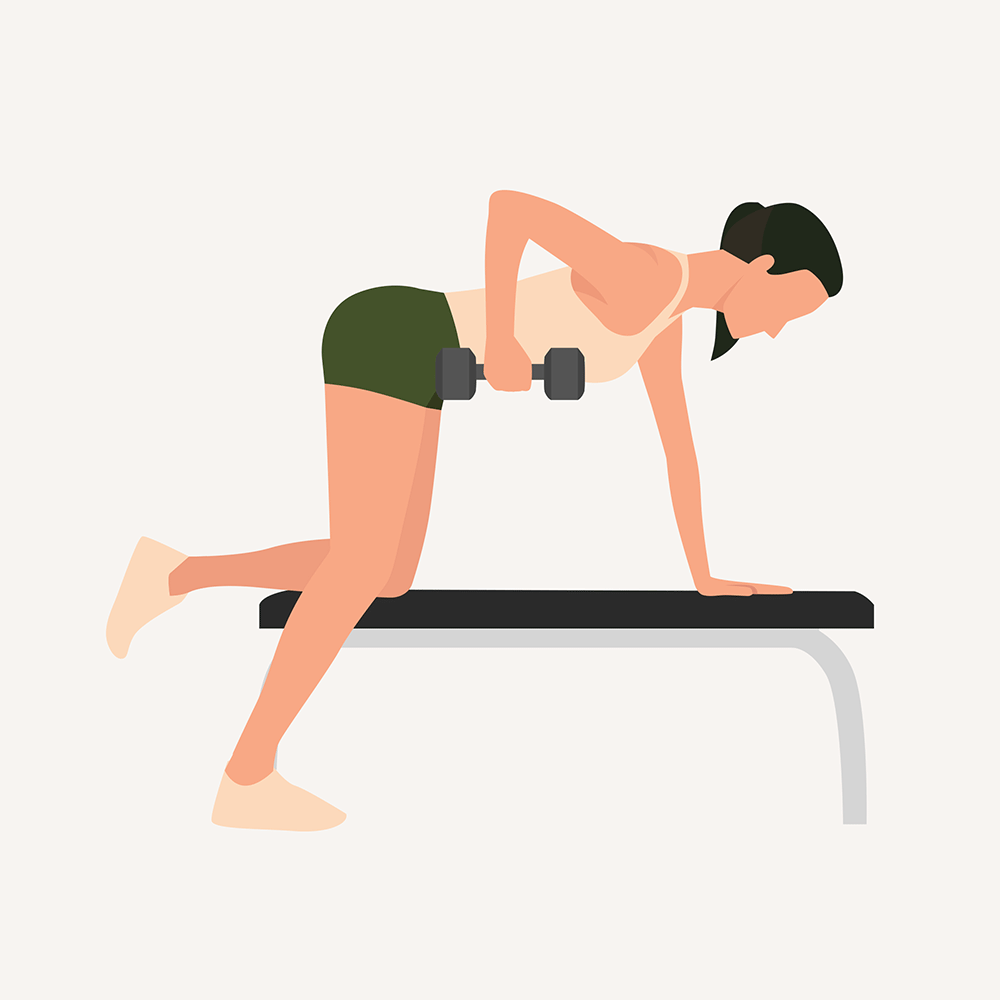
Introduction
Building a strong and muscular back requires choosing the right exercises. In this blog, we’ll rank 20 of the most popular back exercises on a tier list, from S for Super to F for Fail. By the end, one exercise will be crowned as the best of the best, earning an S tier plus ranking, and one will be deemed the worst, relegated to F tier hell. To ensure your favorite back exercise doesn’t end up in F tier, it needs to check three crucial boxes:

- Big Stretch with High Tension: If an exercise doesn’t provide a good stretch or high tension, it’s headed straight to F tier—no exceptions.
- Feel-Good Factor: The exercise must feel good, meaning it doesn’t cause pain, has a smooth resistance profile, and ideally offers a good pump and mind-muscle connection.
- Simple Progression: If you can’t easily add weight or reps over time, the exercise will be downgraded.
Worst Exercises: Renegade Rows

Let’s start with the worst exercises: Renegade Rows. Unfortunately, these are not ideal for building muscle. First, they don’t provide a good stretch because you’ll hit the floor, limiting your range of motion. Additionally, they don’t offer maximum tension to your back because other muscles are working hard just to maintain balance, making it tough to get a good back pump. Sorry, but Renegade Rows are going in F tier. The issue with Renegade Rows is that they try to combine two exercises—plank and dumbbell row—into one. While planks are great for your core and rows are excellent for your back, combining them dilutes the tension your back receives. The same applies to other two-in-one exercises like dumbbell row plus curl, dumbbell row plus press, or dumbbell row plus kickback. In these combinations, the weaker muscle in the pair will give out first, leaving your back unstimulated. Although these exercises may burn calories and help grow the weaker muscle, they are not effective back builders and all belong in F tier.
Deadlift: A Mixed Bag

Now, let’s talk about the deadlift. While I am a big fan of the deadlift as a total body strength builder, it doesn’t quite meet the criteria for an S-tier back exercise. It doesn’t stretch your lats or mid-back much, and the tension your back muscles receive is mostly isometric. Plus, deadlifts don’t provide a great back pump. While they are easy to overload with additional weight or reps, the strength gains are usually in your hamstrings and glutes, not your back. As a back builder, the deadlift is going in C tier. It’s not going lower because it does beef up your spinal erectors and thickens the lower part of your back. However, as a pure back hypertrophy exercise, there are better options. On a lower body day, I’d probably rank the deadlift in A or B tier, especially if done with a well-controlled negative. Since the above-the-knee rack pull is essentially a deadlift with a reduced range of motion, it’s going in D tier. And because it often damages gym equipment, hogs plates, and feels pretty terrible unless you’re a fan of it, I’m moving it to F tier.
Wide-Grip Pull-Up: A Solid Performer
Let’s move on to some better exercises, starting with the wide-grip pull-up. This exercise offers high tension throughout the range of motion and a deep stretch at the bottom. It feels good and provides a solid back pump. However, pull-ups have a tricky resistance profile, feeling very easy at the bottom and very hard at the top, which can make the movement less smooth. That said, they are great for progression since you can easily add reps or use a weight belt to increase the load. They also look cool, and I respect pull-up strength, so wide-grip pull-ups are going in A tier.

Neutral-Grip Pull-Up: A Slight Edge
Neutral-grip pull-ups share all the positives of wide-grip pull-ups but with slightly more emphasis on the lats. This minor advantage also lands them in A tier.
Chin-Up: Solid but Not the Best
Chin-ups, which use a palms-up grip, shift some tension from your back to your biceps. While still a great upper-body exercise, I’m placing them in B tier for back-specific development.
Lat Pulldown Variations: The Gold Standard
Next, we have a series of lat pulldown variations: wide-grip lat pulldowns, neutral-grip lat pulldowns, and half-kneeling one-arm lat pulldowns. Wide-grip lat pulldowns offer a big stretch on your lats and smooth, even tension throughout the range of motion. They feel great, and you can sit down for a nice, stable exercise. You also get a fantastic combination of lat and mid-trap activation. Plus, you can easily overload the exercise by increasing the pin weight. Wide-grip lat pulldowns are our first exercise in S tier.
Neutral-grip lat pulldowns have the same upsides as wide-grip pulldowns but with more emphasis on the lats, especially if you focus on driving your elbows down. These also belong in S tier.
Half-kneeling one-arm lat pulldowns are hailed as being optimal by many online sources. Let’s see how they stack up. High stretch? Check. High tension? Check. Good feel? At least for me, check. They’re also easy to overload—you can add a rep each week and then some weight as you get stronger. While there’s a little less stability compared to a machine pulldown, you can overcome this by bracing against your knee or an incline bench. Plus, focusing on one lat at a time is great for preventing asymmetries. I’m tempted to put them in A tier, but I’ll be lenient and place them in S tier as well.
Cross-Body Lat Pull-Around: Stretch with a Twist
The cross-body lat pull-around is a twist on the standard lat pulldown where you turn your torso 90 degrees and pull the cable across your body. This increases the stretch on your lats even further. However, despite the incredible stretch, many people find the movement awkward at first. Because of this, I’m placing them in A tier.
Row Variations: Hits and Misses
Now, let’s look at some popular row variations, starting with the barbell row. It provides a good stretch and high tension for your back, but because it’s not the most stable exercise, some of that tension is dispersed to other stabilizing muscles like your calves, glutes, and lower back just to maintain balance. This isn’t a huge issue—your back will still get hammered, and you can still overload the movement from week to week—but I don’t think it’s the best row variation, or even the best barbell row variation. The standard barbell row is going in B tier.
The Yates row, named after bodybuilding legend and six-time Mr. Olympia Dorian Yates, is essentially a barbell row with a more upright posture and looser technique. While looser form may help you load more weight, it doesn’t necessarily increase tension on your back muscles due to momentum from your hips. The more upright posture also reduces the stretch on your lats and mid-traps. Sorry, Dorian, but the Yates row is going in C tier.
The Pendlay row is the opposite of the Yates row. Instead of being more upright, you go more bent over, which is good because it increases the stretch and tension on your lats. It also allows for more consistent progression since your form is tighter. Assuming you do them with a controlled negative, Pendlay rows belong in B tier, although they could easily be nudged into A tier if we factor in strength development. However, they’re just not quite stable enough for my taste as a pure hypertrophy exercise, so they’ll stay in B tier.
The deficit Pendlay row is a variation where you stand on something like a bumper plate, allowing you to go deeper on the negative, which means more stretch on your lats. I’m going to place these in A tier.
Meadows Row: A Personal Favorite
The Meadows row, named after the late, great John Meadows, stretches your back a ton and absolutely smashes your mid-back with high tension. As long as you brace against your knee, you’ll be stable. The mid-back pump from these is unmatched, and you also get to work each side individually. This is definitely a personal favorite and easily belongs in S tier.
Inverted Row: Limited Progression
The inverted row is essentially an upside-down row where you pull your body instead of a weight. It offers an amazing stretch at the bottom and feels great, especially if you set it up right. You should feel nice and locked in with a strong mind-muscle connection. However, they’re getting knocked down for progression. While you can have a training partner load weight on your lap, this makes the movement feel awkward. Without added weight, you’re stuck doing super high reps, which is fine but suboptimal once you’re doing 30 or 40 reps. Despite some positive aspects, I’m placing inverted rows in C tier.
1-Arm Dumbbell Row: Controversial but Effective

The 1-arm dumbbell row, often criticized by some online trainers, actually has a lot going for it. It offers a big stretch on your lats at the bottom and feels smooth and stable. The main issue is that once your back gets strong, it’s tough to progress the exercise. If your gym only goes up to 100-pound dumbbells, you might feel stuck after a few months. There are ways around this—adding chains, strapping plates to the dumbbell, or increasing reps—but they’re not the most convenient solutions. I’m placing them in A tier because, while progression might be tough, the mind-muscle connection is fantastic, and you can really focus on your lats.
Chest-Supported Row: A Staple Exercise
The chest-supported row is a staple in back training. It’s very stable, offers smooth tension, and is easy to overload. However, I’m dropping it to B tier because it doesn’t quite provide the stretch or tension of the top S and A tier exercises.
Cable Row Variations: Two Top Contenders
Finally, we have the cable row variations: the wide-grip cable row and the 1-arm seated cable row. The wide-grip cable row offers an excellent stretch at the front of the movement, smooth tension, and solid progression. I’m placing it in A tier, even though it’s not quite as good as the Meadows row or the lat pulldowns.
The 1-arm seated cable row is similar to the Meadows row, offering the same big stretch on your lats and smooth tension, but it also works your mid-back. The cable row has a big advantage: since you’re not holding the barbell with both hands, you’re less limited by grip fatigue, meaning you can train closer to failure. Also, because you can brace against the seat, you can get into the right position more easily. Overall, I’m placing this in S tier, with the cable row being my go-to exercise for back training.

Conclusion
So, there you have it: 20 popular back exercises ranked in our ultimate back tier list. While each has its pros and cons, your goal should be to find the exercises that work best for you and incorporate them into your routine. Whether you’re a fan of heavy deadlifts, love the stretch from pulldowns, or enjoy the tension from rows, make sure to focus on technique and consistency. What’s your favorite back exercise? Let us know in the comments below!


